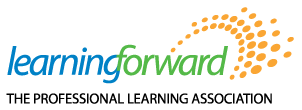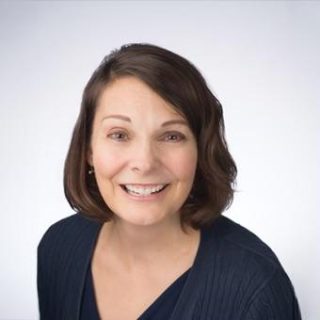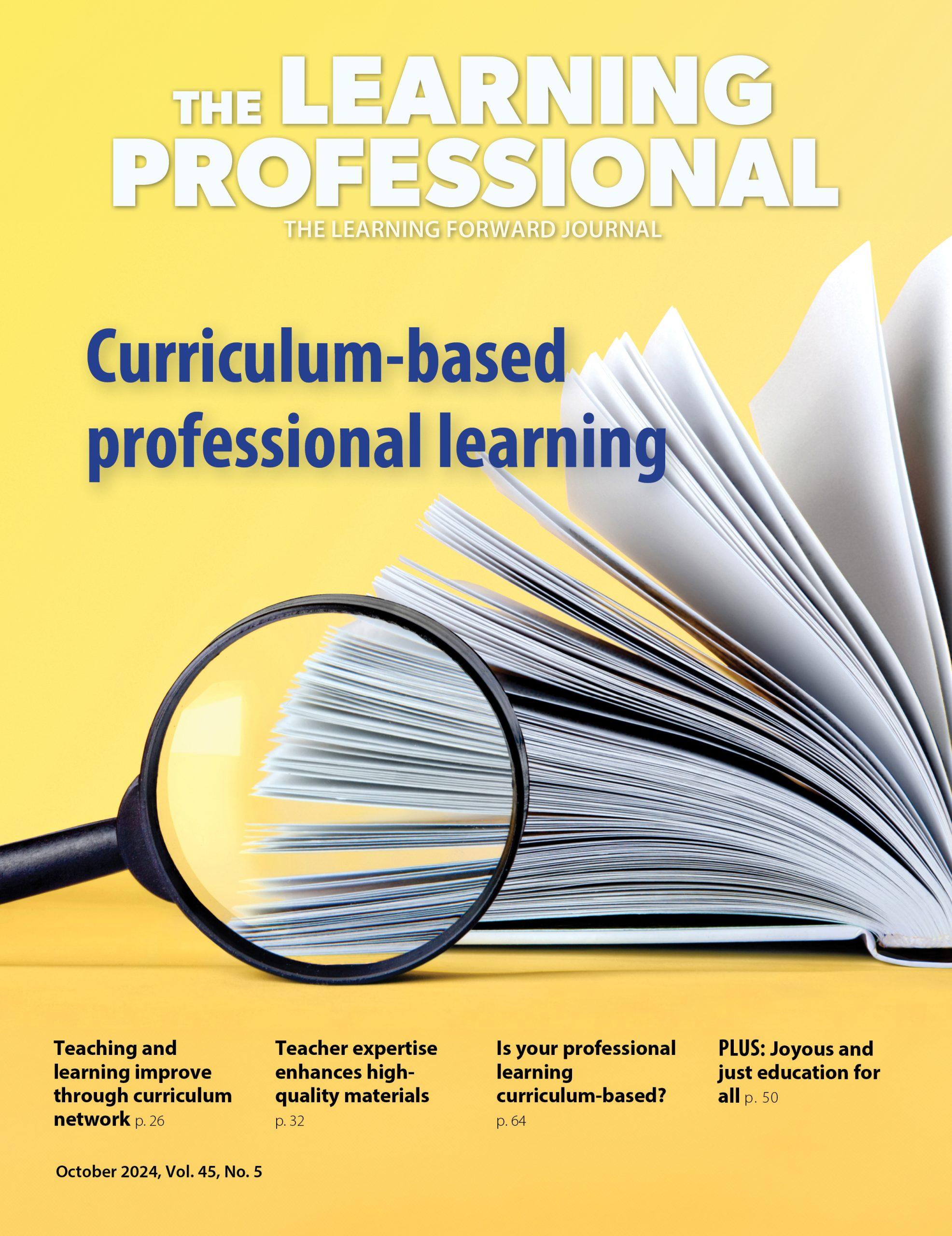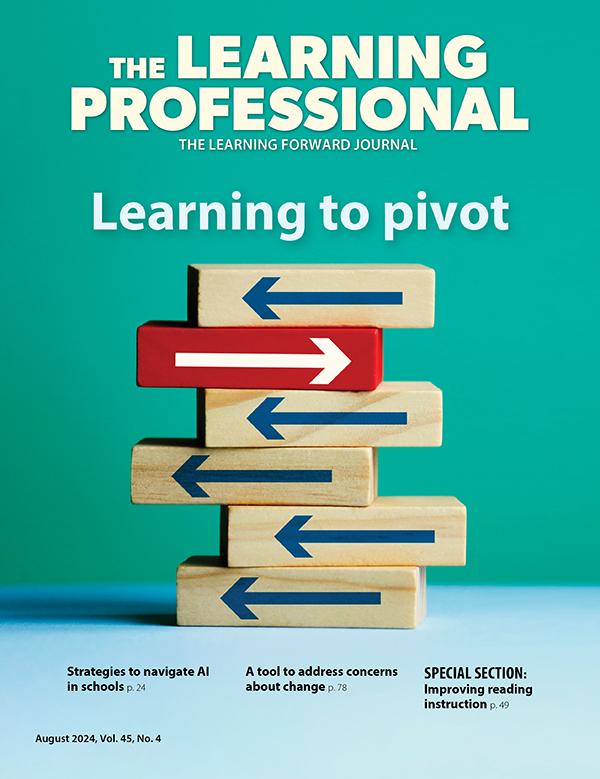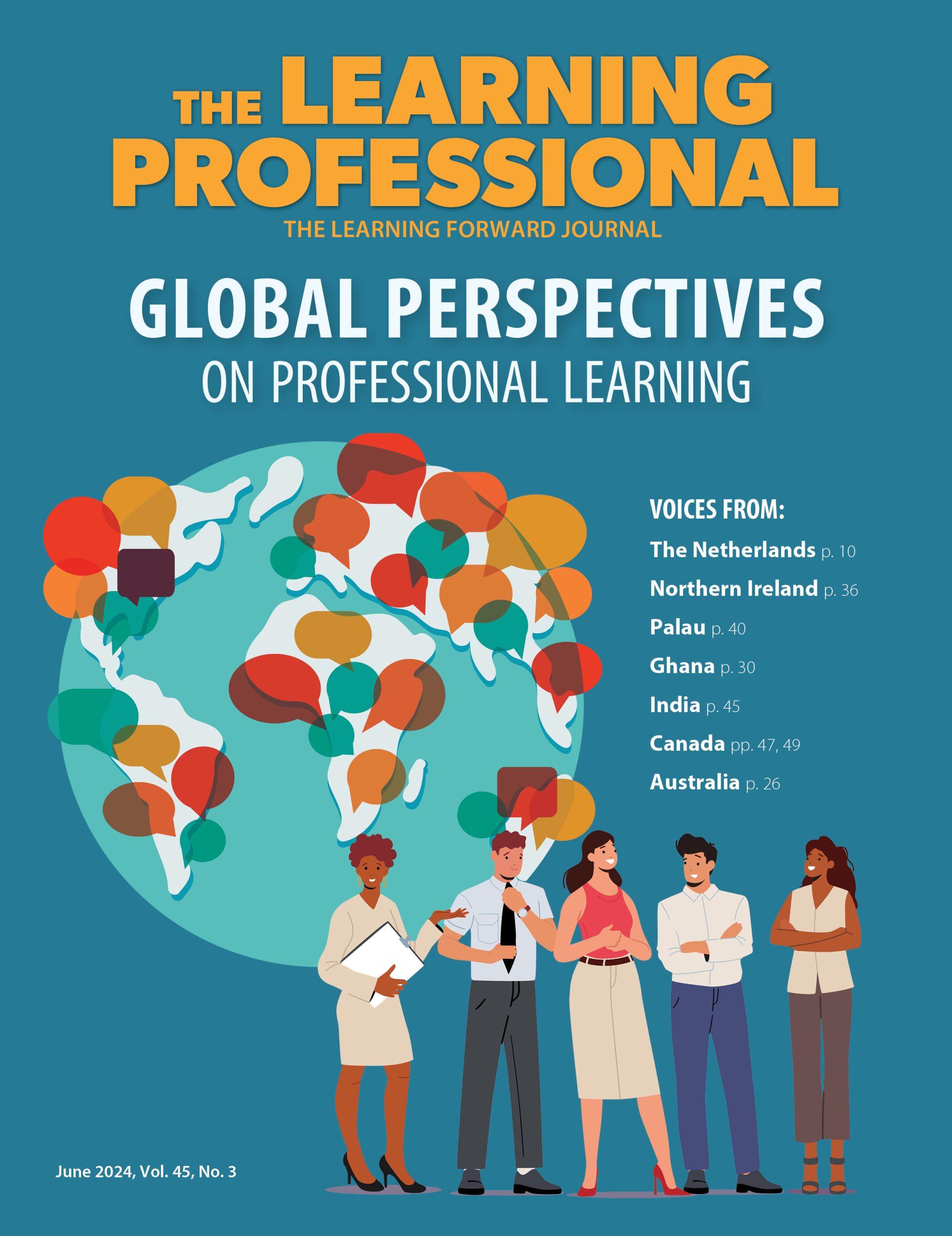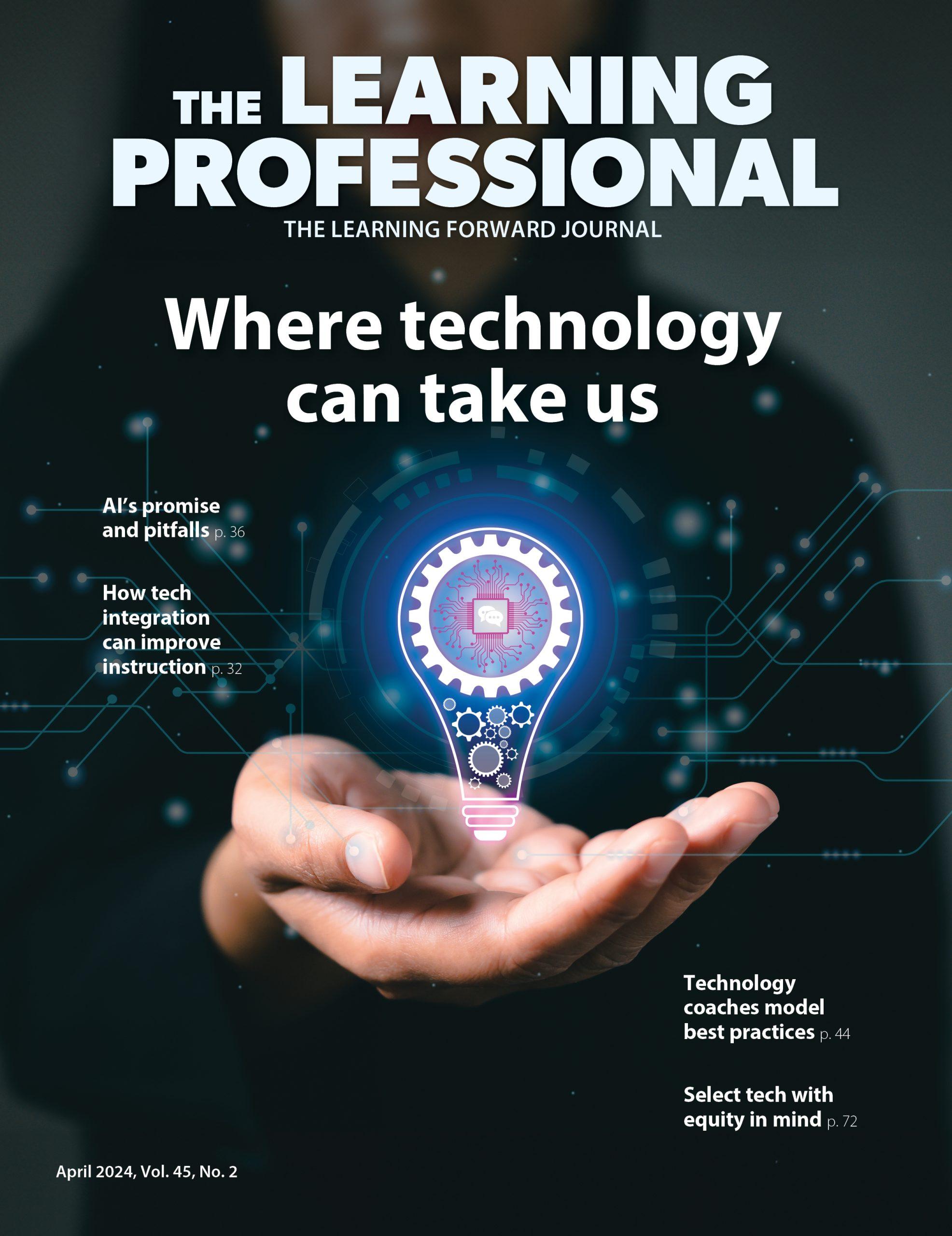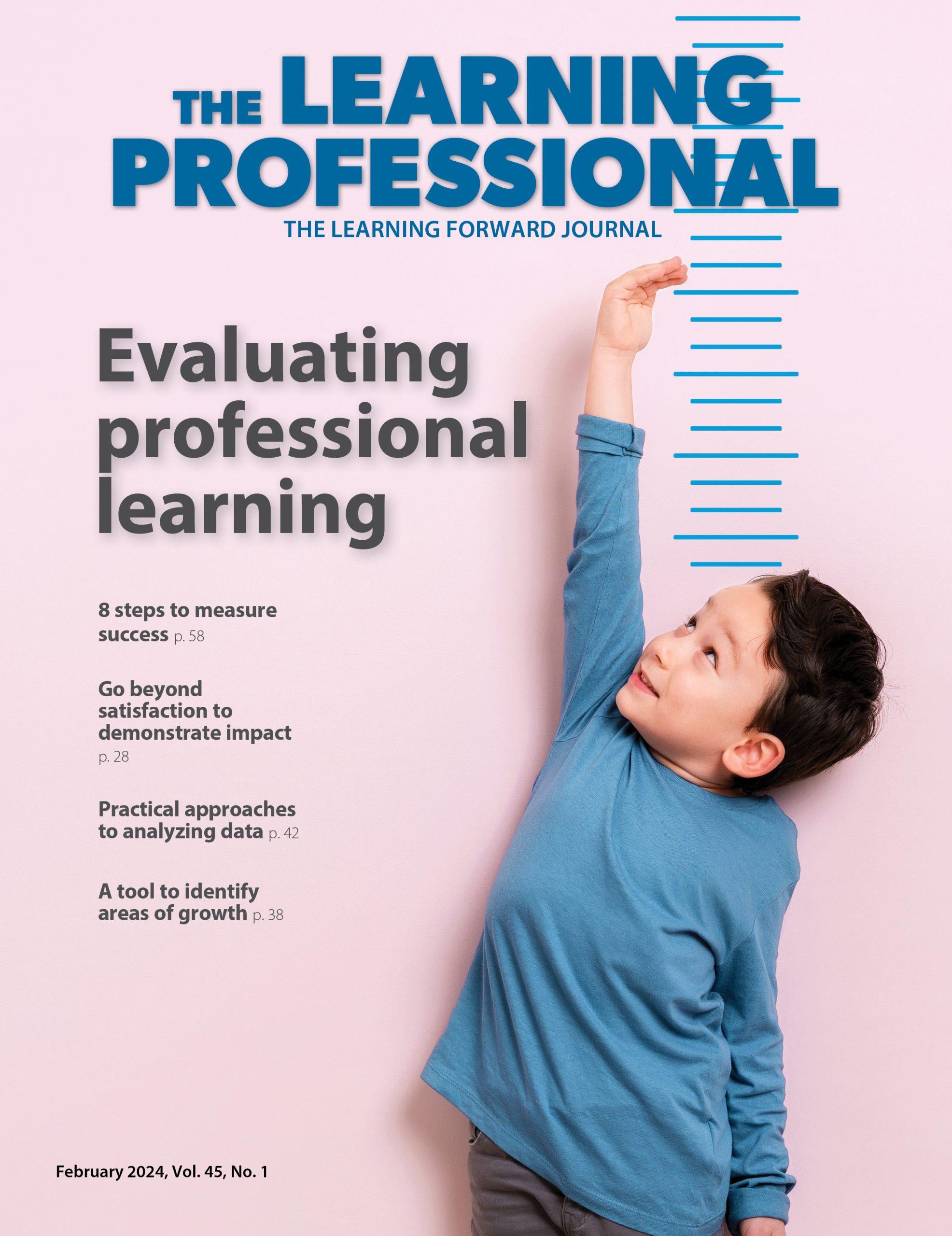Douglas Fisher (dfisher@sdsu.edu) is Chair of Educational Leadership at San Diego State University.
IDEAS
5 questions PLCs should ask to promote equity
By Douglas Fisher, Nancy Frey and John Almarode
Categories: Collaboration, College- and career-ready standards, Equity, Facilitation, Learning communities, School leadershipOctober 2019
Vol. 40, No. 5
Read the remaining content with membership access. Join or log in below to continue.
Sed ut perspiciatis unde omnis iste natus error sit voluptatem accusantium doloremque laudantium, totam rem aperiam, eaque ipsa quae ab illo inventore veritatis et quasi architecto beatae vitae dicta sunt explicabo. Nemo enim ipsam voluptatem quia voluptas sit aspernatur aut odit aut fugit, sed quia consequuntur magni dolores eos qui ratione voluptatem sequi nesciunt. Neque porro quisquam est, qui dolorem ipsum quia dolor sit amet, consectetur, adipisci velit, sed quia non numquam eius modi tempora incidunt ut labore et dolore magnam aliquam quaerat voluptatem.
Defining equity
We do not limit our thinking about equity to achievement gaps. In fact, we have argued that equity is more expansive than what tests can measure (e.g. Smith, Frey, Pumpian, & Fisher, 2017). We have set our sights on ensuring that all students are engaged, inspired, and successful.
Our definition, developed in partnership with leaders from San Diego Unified School District, Chula Vista Elementary School District, Sweetwater Union High School District, and San Diego State University, specifies that equity in education:
- Recognizes that every student comes to school with a unique identity profile that is too often impacted by racism, bias, or bigotry;
- Occurs as a result of sensitive, courageous, and creative conversations and actions;
- Requires the distribution and redistribution of resources and initiatives based on individual and group needs derived from multiple sources of qualitative and quantitative data; and
- Leads to engaged, inspired, and successful learners.
References
Good, T.L. (1987). Two decades of research on teacher expectations. Journal of Teacher Education, 38, 32-47.
Fisher, D., Frey, N., Almarode, J., Flores, K., & Nagel, D. (2020). PLC+: Better decisions and greater impact by design. Thousand Oaks, CA: Corwin.
Reeves, D. (2010). Transforming professional development into student results. Alexandria, VA: ASCD.
Smith, D., Frey, N., Pumpian, I., & Fisher, D. (2017). Building equity: Policies and practices to empower all learners. Alexandria, VA: ASCD.
Categories: Collaboration, College- and career-ready standards, Equity, Facilitation, Learning communities, School leadership
Recent Issues
LEARNING TO PIVOT
August 2024
Sometimes new information and situations call for major change. This issue...
GLOBAL PERSPECTIVES
June 2024
What does professional learning look like around the world? This issue...
WHERE TECHNOLOGY CAN TAKE US
April 2024
Technology is both a topic and a tool for professional learning. This...
EVALUATING PROFESSIONAL LEARNING
February 2024
How do you know your professional learning is working? This issue digs...
